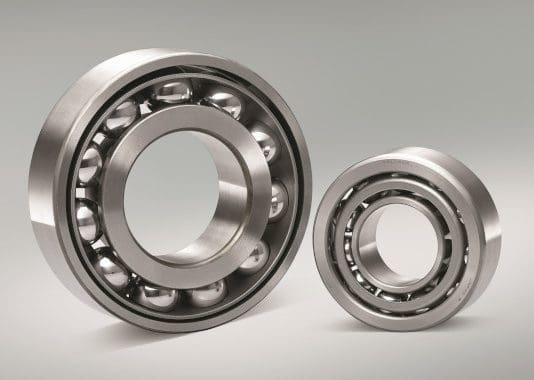Automotive Bearing Market: Challenges and Future Outlook

Introduction
The global automotive bearing market plays a vital role in ensuring vehicle efficiency, performance, and longevity. However, the industry faces several challenges, including fluctuating raw material costs, supply chain disruptions, and the rapid transition toward electric and autonomous vehicles. Despite these hurdles, advancements in technology, sustainability initiatives, and the rise of smart bearings present significant opportunities for future growth. This article explores the key challenges and the future outlook of the automotive bearing market.
Key Challenges Facing the Automotive Bearing Market
1. Raw Material Price Volatility
Bearings are primarily made from steel, ceramics, and other high-performance materials. Fluctuations in the prices of these raw materials, driven by supply chain disruptions, trade policies, and geopolitical factors, directly impact production costs and profitability.
2. Supply Chain Disruptions
Global supply chain issues, exacerbated by events like the COVID-19 pandemic and geopolitical conflicts, have caused delays in raw material procurement and manufacturing processes. This has led to production slowdowns and increased costs for manufacturers.
3. Rising Competition and Market Saturation
The automotive bearing market is highly competitive, with numerous global and regional players striving for market share. Intense competition has led to price wars, making it difficult for manufacturers to maintain profitability while investing in research and development (R&D).
4. Transition to Electric Vehicles (EVs)
The shift from internal combustion engine (ICE) vehicles to electric vehicles (EVs) poses both challenges and opportunities. EVs require fewer bearings due to their simpler drivetrains, potentially reducing demand for conventional bearings while increasing the need for high-speed, low-friction, and durable bearings.
5. Environmental Regulations and Sustainability Pressures
Governments worldwide are implementing stringent environmental regulations to reduce carbon emissions. The push toward eco-friendly manufacturing processes, energy-efficient bearings, and sustainable materials requires significant investment from bearing manufacturers.
6. Technological Integration and Smart Bearings
The growing adoption of IoT-enabled smart bearings, which provide real-time performance data and predictive maintenance insights, requires manufacturers to invest in advanced sensor technology and software integration. Smaller players may struggle to keep pace with these technological advancements.

Future Outlook of the Automotive Bearing Market
1. Growth of Electric and Hybrid Vehicles
Despite the challenge of reduced bearing demand in EVs, the need for specialized bearings designed for high-speed electric motors and regenerative braking systems is expected to drive innovation and market growth.
2. Expansion of Smart Bearings and Predictive Maintenance
The integration of IoT and AI-driven predictive maintenance solutions is transforming the industry. Bearings equipped with sensors for real-time monitoring are gaining traction, improving vehicle efficiency and reducing downtime.
3. Advancements in Material Science
The development of lightweight, high-strength materials such as ceramic and polymer composites will enhance bearing performance, reducing wear and extending lifespan. Self-lubricating and maintenance-free bearings are also expected to gain popularity.
4. Sustainability and Green Manufacturing
Manufacturers are increasingly adopting sustainable practices, such as using biodegradable lubricants and recyclable materials, to meet environmental regulations and consumer demand for eco-friendly products.
5. Emerging Markets and Regional Growth Opportunities
The Asia-Pacific region remains the dominant market for automotive bearings, driven by high vehicle production rates. Additionally, growing vehicle ownership in Latin America, the Middle East, and Africa presents new opportunities for market expansion.
6. Strategic Mergers, Acquisitions, and Partnerships
Leading companies are engaging in mergers and strategic partnerships to strengthen their market position, expand product portfolios, and invest in innovative technologies. Collaborations between automakers and bearing manufacturers are expected to drive advancements in bearing design.
Conclusion
The automotive bearing market faces numerous challenges, including supply chain disruptions, competition, and the transition to electric vehicles. However, technological innovations, sustainability efforts, and the rise of smart bearings present promising opportunities for growth. As the industry moves toward electrification, automation, and digitalization, manufacturers must adapt to these evolving trends to remain competitive. The future of the automotive bearing market lies in innovation, strategic partnerships, and a commitment to sustainability.
- Art
- Causes
- Crafts
- Dance
- Drinks
- Film
- Fitness
- Food
- Spiele
- Gardening
- Health
- Startseite
- Literature
- Music
- Networking
- Andere
- Party
- Religion
- Shopping
- Sports
- Theater
- Wellness


